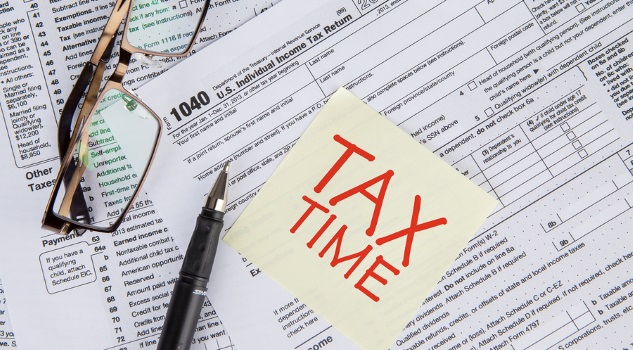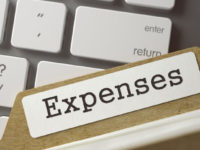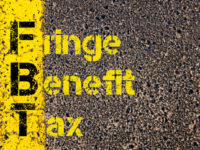Instant asset write-offs are one of the traps to watch out for in these testing times for small business as they prepare their eoy returns
In the first of a two-part article, Director of Tax Communications at H&R Block, Mark Chapman, demystifies the issues that will arise in the next few months in what is a taxing time for small business as end-of-financial-year deadlines loom large. Here Mark deals with the technicalities around instant asset write-offs. The second instalment will appear this time next week.
Many of Australia’s three million small businesses, which employ 5.1 million people, are now finalising their accounts in advance of impending tax-filing deadlines in March and May.
SMEs need to watch out for tax traps as they prepare their returns. There are important new rules to be aware of which could save you tax but can add an extra element of complexity to the task.
Small businesses, defined by the Australian Taxation Office as those with an annual turnover of less than $2 million, are eligible for a range of tax breaks which can be explored during the current tax season.
Instant asset write-off
Between now and 30 June 2017, small businesses can immediately write off any asset purchase costing less than $20,000, but caution needs to be taken when claiming the write-off.
To minimise your chances of having the ATO challenge the deduction, here are some key tips to be aware of:
- Only small businesses qualify – this might seem obvious but you actually have to be in business to be a small business, not just a holder of an ABN number.
- Understand what the tax break is – it is not a cash hand-out but a deduction from your 2014-2015 profit. If you spend $20,000 from on a capital purchase, you will receive a 30% deduction (28.5% from 1 July 2015) which equates to a $6,000 reduction in your tax and means you will still be out by $14,000 on the purchase. If it’s something you were going to purchase anyway, good luck and enjoy the benefit, but if you’ve acquired something, or are planning to acquire something, purely to save tax, you might want to think again. What you gain in the year of purchase will gradually be clawed back through reduced deductions in future years.
- The amount you can claim is GST exclusive – this is relevant if your business is registered for GST and can claim an input tax credit on the purchase. The amount you can claim is the GST exclusive price.
- The asset must have been installed and ready for use – this is particularly important if you purchased the asset before the end of the 2014-2015 financial year. If you’d purchased it before 30 June 2015 but didn’t have it available for use until July 2015, you can only claim the deduction against your 2015-2016 results.
- Second-hand assets – you can claim a deduction for second hand assets.
- Beware private use – to claim the full deduction, the asset has to be used in the business and if there has been personal use, the deduction needs to be pro-rated to reflect this.
Mark Chapman, Director of Tax Communications, H&R Block
















